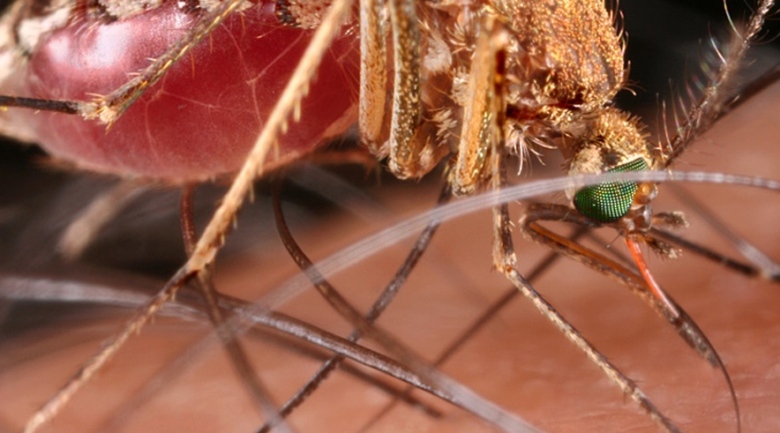
They have confirmed that resistant strains of the malaria parasite on the border between Thailand and Burma, 500 miles (800km) away from previous sites.
Researchers say that the rise of resistance means the effort to eliminate malaria is "seriously compromised".
The details have been published in The Lancet medical journal.
For many years now the most effective drugs against malaria have been derived from the Chinese plant, Artemisia annua. It is also known as sweet wormwood.
In 2009 researchers found that the most deadly species of malaria parasites, spread by mosquitoes, were becoming more resistant to these drugs in parts of western Cambodia.
This new data confirms that these Plasmodium falciparum parasites that are infecting patients more than 500 miles away on the border between Thailand and Burma are growing steadily more resistant.
The researchers from the Shoklo Malaria Research Unit measured the time it took the artemisinin drugs to clear parasites from the bloodstreams of more than 3,000 patients. Over the nine years between 2001 and 2010, they found that drugs became less effective and the number of patients showing resistance rose to 20%.
Prof Francois Nosten, who is part of the research team that has carried out the latest work, says the development is very serious.
"It would certainly compromise the idea of eliminating malaria that’s for sure and will probably translate into a resurgence of malaria in many places," he said.
‘Untreatable malaria’
Another scientist involved with the study is Dr Standwell Nkhoma from the Texas Biomedical Research Institute.
"Spread of drug-resistant malaria parasites within South East Asia and overspill into sub-Saharan Africa, where most malaria deaths occur, would be a public health disaster resulting in millions of deaths."
The drug artemisinin is derived from the Artemisia annua plant The scientists cannot tell if the resistance has moved because mosquitoes carrying the resistant parasites have moved to the Burmese border or if it has arisen spontaneously among the population there. Either way the researchers involved say it raises the spectre of untreatable malaria.
"Either the resistance has moved and it will continue to move and will eventually reach Africa. Or if it has emerged, now that artemisinin is the standard therapy worldwide then it means it could emerge anywhere," Prof Nosten told the BBC.
"If we were to lose artemisinin then we don’t have any new drugs in the pipeline to replace them. We could be going back 15 years to where cases were very difficult to treat because of the lack of an efficacious drug."
Artemisinin is rarely used on its own, usually being combined with older drugs to help fight the rise of resistance. These artemisinin based combination therapies are now recommended by the World Health Organization as the first-line treatment and have contributed substantially to the recent decline in malaria cases in many regions.
Prof Nosten says the current spread of resistance could be similar to what happened in the 1970s with chloroquine, a drug that was once a front-line treatment against the disease.
"When chloroquine resistance reached Africa in the middle of the 1970s it translated into a large increase in the number of cases and the number of children who died increased dramatically."
In a separate paper published in the journal Science researchers have identified a region of the malaria parasite genome that is linked to resistance to artemisinin.
Dr Tim Anderson, from Texas Biomed who led this study, says that while mapping the geographical spread of resistance can be challenging it may be hugely beneficial.
"If we can identify the genetic determinants of artemisinin resistance we should be able to confirm potential cases of resistance more rapidly. This could be critically important for limiting the further spread of resistance."
According to the World Malaria Report 2011 malaria was responsible for killing an estimated 655,000 people in 2010 – more than one every minute. A majority of these were young children and pregnant women.
